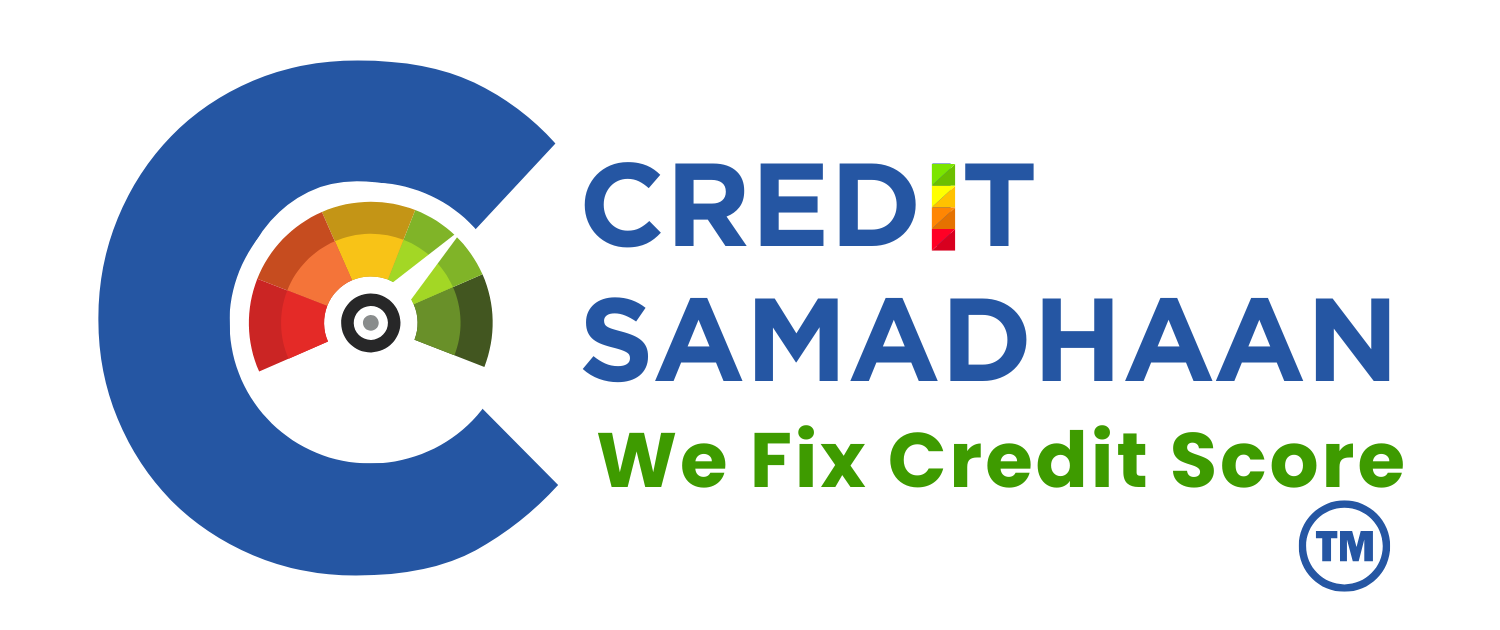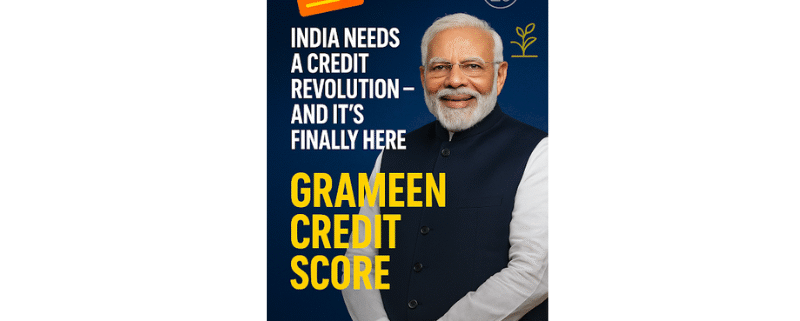Grameen Credit Score | Budget 2025 & RBI Together Rewrite Rural Credit Rules with “Grameen Credit Score” Revolution | July 26
A Financial Revolution is Quietly Brewing in the Villages of India
Union Budget 2025–26 Marks the Dawn of Grameen Credit Score: A Rural Credit Identity for New Bharat
In what could be one of the most transformative financial policy developments in recent years, the Government of India has introduced the Grameen Credit Score (GCS) — a specialized credit rating framework designed to integrate India’s rural population into the formal credit system.
Announced under the Union Budget 2025–26, the GCS is not just a policy intervention; it represents a significant shift in how the Indian financial ecosystem views and values rural credit behavior. It targets Self Help Groups (SHGs), women entrepreneurs, small and marginal farmers, rural artisans, and micro-entrepreneurs who, until now, have largely remained invisible to traditional credit scoring systems.
What is the Grameen Credit Score?
The Grameen Credit Score is a data-driven credit profiling framework developed by public sector banks in collaboration with key government agencies and credit information infrastructure. It is tailored specifically to capture the creditworthiness of rural borrowers using alternate parameters such as:
-
Group repayment history (particularly SHGs and Joint Liability Groups)
-
Informal loan performance
-
Community reputation and financial conduct
-
Digital transaction behavior through microfinance or cooperative systems
Unlike conventional scores such as CIBIL, Experian, or CRIF Highmark, which depend heavily on formal credit history, GCS dives deeper into behavioral and contextual rural financial data, creating a more holistic and inclusive assessment.
This innovation addresses a long-standing gap: most rural individuals are denied access to formal credit not because they are non-repaying, but because they lack a credit footprint.
The RBI Steps In: Making the Score Real-Time and Reliable
In its July 2025 Bulletin, the Reserve Bank of India (RBI) laid out a complementary agenda to power the GCS initiative with a sharper data strategy. Recognizing the limitations of static or delayed credit reporting, the RBI has:
-
Urged Credit Information Companies (CICs) to transition from 15-day credit data update cycles to near real-time reporting.
-
Recommended tech investments by CICs to ensure live updates on loan closures, repayments, and new credit disbursals.
-
Proposed the introduction of unique borrower identification numbers, especially for borrowers in under-documented rural zones, to reduce fraud, duplication, and data noise.
According to the RBI:
“Credit scoring tools must reflect the realities of rural borrowers. Data latency compromises access, risk assessments, and financial dignity.”
With the central bank’s direction, the GCS initiative is poised to become a dynamic and trustworthy measure of rural credit behavior, continually updated to reflect on-ground realities.
Why GCS Could Be a Game Changer for Rural India
1. Bringing the Unbanked into the Fold
The GCS will dramatically improve financial inclusion, enabling previously excluded populations to qualify for loans, insurance, and credit-linked government schemes.
2. Strengthening SHGs and Microbusinesses
SHGs have demonstrated remarkable discipline in repayment, especially under schemes like NRLM. GCS will give them formal recognition and bargaining power with banks and NBFCs.
3. Catalyzing Agricultural and MSME Lending
Credit decisions for small farmers and rural MSMEs often suffer due to lack of reliable financial data. GCS will enable lenders to confidently issue loans, backed by behavioral insights.
4. Reducing Fraud and Misreporting
With unique borrower IDs and real-time data integration, misrepresentation, ghost borrowing, and multiple borrowing from different institutions can be curbed — protecting both borrowers and lenders.
5. Boosting Credit Quality
By aligning credit access with true repayment capability — not just urban-centric models — GCS can help build a stronger, more resilient rural credit portfolio for India’s banks.
Strategic Synergies: GCS, SVAMITVA & India Post
To ensure the Grameen Credit Score has deep and actionable value, the government is integrating it with ongoing initiatives like:
-
SVAMITVA Scheme: By linking land ownership records with borrower profiles, rural residents can now use property as collateral — a significant step in unlocking secured lending.
-
India Post Transformation: With over 1.5 lakh post offices and 2.4 lakh Dak Sevaks, the postal network will act as a last-mile financial and logistics infrastructure, facilitating credit delivery, score updates, and documentation support in rural areas.
-
Support for Cooperatives: A dedicated ₹500 crore budget allocation to cooperative sugar mills via NCDC will reinforce rural industries and make credit flow through cooperatives smoother and more impactful.
Voices from the Ground
Rural communities are already taking note of what this means for them.
Rita Devi, a dairy farmer from Muzaffarpur, Bihar, said:
“We always repay our SHG loans on time. But no bank believes us because there’s no record. If GCS shows our history, maybe we will finally be seen.”
Ramesh Patel, a rural fintech operator in Gujarat, remarked:
“This is like Aadhaar for credit. Once real-time GCS becomes active, no one in rural India will have to knock on ten doors for a small loan.”
Why It Matters: A System Designed for Bharat
India’s household debt-to-GDP ratio stood at 43% in 2024, reflecting significant untapped credit demand. But much of that demand remains invisible to the formal financial system. The Grameen Credit Score is a critical step toward bridging this visibility gap.
By combining the granular insights of microfinance with the rigor of institutional banking, and adding a layer of real-time intelligence, India is crafting a system that is fairer, faster, and more inclusive.
Final Thoughts
The Union Budget 2025–26 has not just allocated funds — it has offered rural India a seat at the financial table. With the Grameen Credit Score and supporting reforms, India is no longer just talking about financial inclusion — it is implementing it with precision and vision.
This is not just about loans. It’s about dignity, empowerment, and recognition for millions who have long been outside the credit conversation.
The village is ready.
The tools are here.
It’s time the credit system listens — in real-time.
Grameen Credit Score: Because the future of India begins in its villages.
Follow creditsamdhaan.com for more insights










